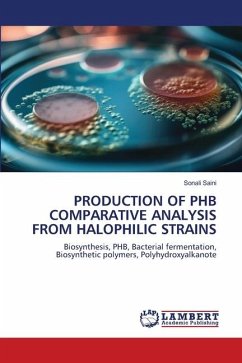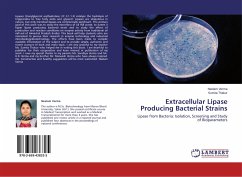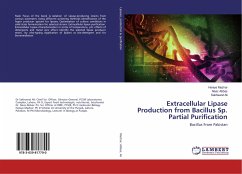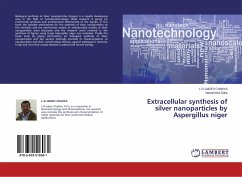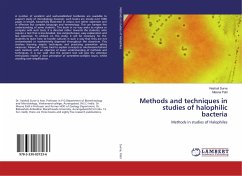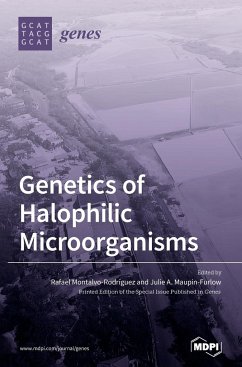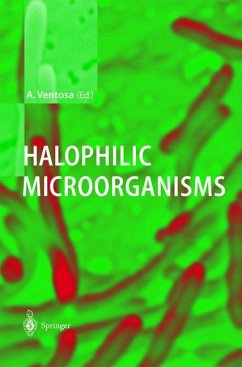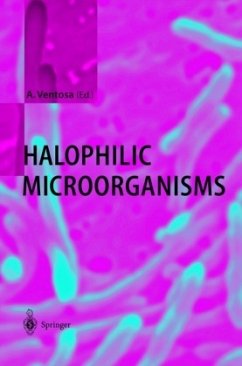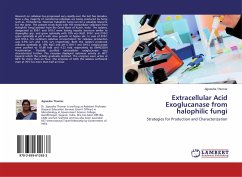
Extracellular Acid Exoglucanase from halophilic fungi
Strategies for Production and Characterization
Versandkostenfrei!
Versandfertig in 6-10 Tagen
27,99 €
inkl. MwSt.

PAYBACK Punkte
14 °P sammeln!
Research on cellulase has progressed very rapidly over the last five decades. Now a day, majority of commercial cellulases are being produced by fungi such as, Trichoderma. However halophilic fungi can be a valuable resource for the same. The present study deals with the extracellular cellulases from Halophilic fungi isolated from the Great Rann of Kutch, India. The isolates, designated as B10-1 and D10-2 were having mycelia structure similar to Aspergillus spp. and grew optimally with 10% w/v NaCl. B10-1 and D10-2 grew optimally at pH 6 with slow growth at higher pH. In case of B10-1 and D10-...
Research on cellulase has progressed very rapidly over the last five decades. Now a day, majority of commercial cellulases are being produced by fungi such as, Trichoderma. However halophilic fungi can be a valuable resource for the same. The present study deals with the extracellular cellulases from Halophilic fungi isolated from the Great Rann of Kutch, India. The isolates, designated as B10-1 and D10-2 were having mycelia structure similar to Aspergillus spp. and grew optimally with 10% w/v NaCl. B10-1 and D10-2 grew optimally at pH 6 with slow growth at higher pH. In case of B10-1 and D10-2, the optimum cellulose concentration for cellulase production was 0.5% w/v and 1.5% w/v respectively. Both the isolates produced cellulase optimally at 10% NaCl and pH 6. B10-1 and D10-2 exoglucanase were purified to 10.98 fold and 4.23 fold respectively by (NH4)2SO4 fractionation. Partially purified extracellular exoglucanase was characterized further. The enzymes displayed optimum activity at 60°C beyond which the activity gradually declined. The enzymes were active at 60°C for more than an hour. The enzymes of both the isolates withstand even at 70°C for more than half an hour.



